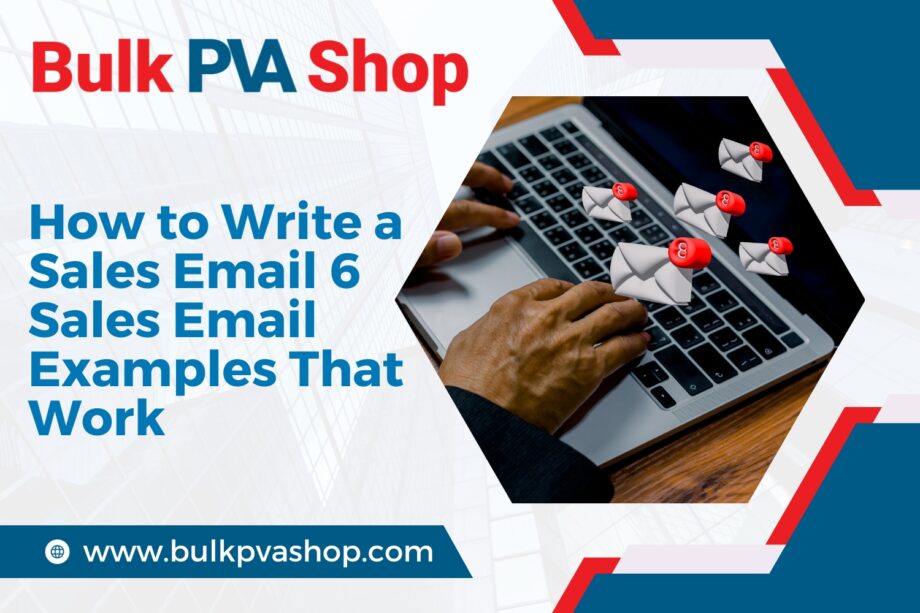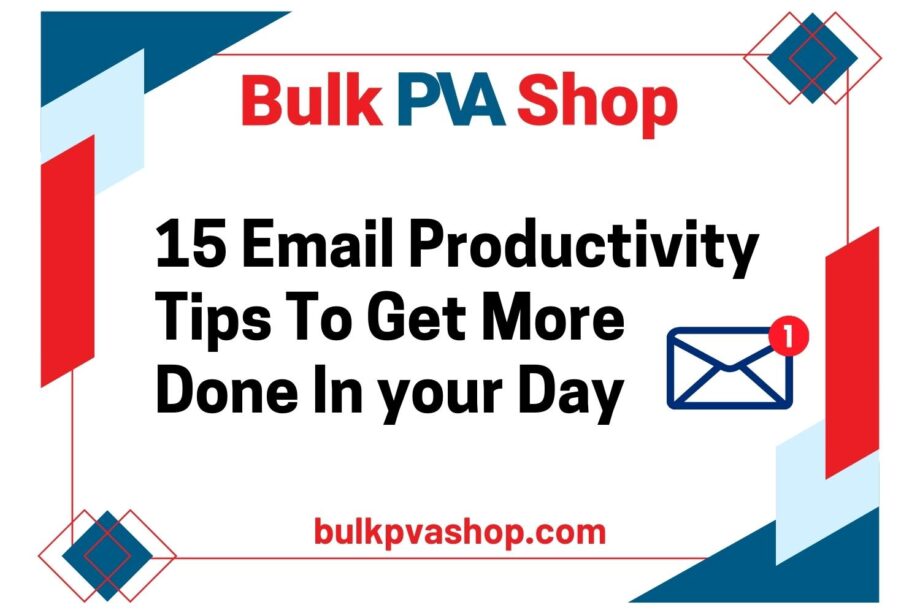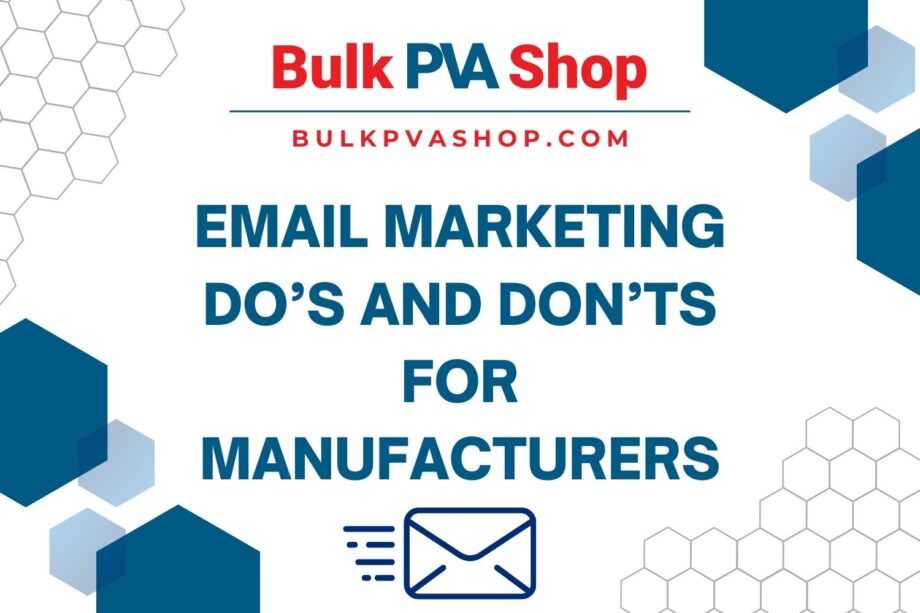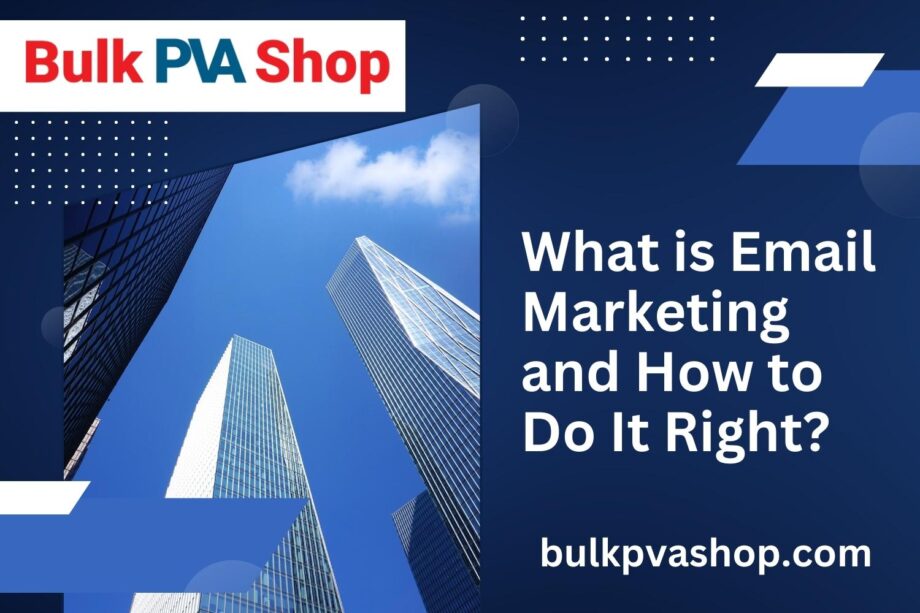In today’s digital age, email remains one of the most effective tools for sales professionals to connect with potential customers. However, crafting a compelling sales email that resonates with your audience and drives conversions can be a daunting task. In this article, we will guide you through the art of writing persuasive sales email examples, complete with six real-world examples that have proven to be successful. Whether you’re a seasoned salesperson or just starting in the field, these tips and examples will help you boost your email game and achieve better results.
Understanding the Purpose of Your Sales Email
Before you start writing sales email examples, it’s crucial to clarify your objectives. Are you looking to introduce a product, schedule a meeting, or close a deal? Understanding your goals will help you tailor your message accordingly.
Introducing a Product or Service: If your goal is to introduce a new product or service to potential customers, your email should focus on highlighting the key features and benefits and how it can alleviate their particular problems.
Scheduling a Meeting or Demo: When your aim is to schedule a meeting, presentation, or product demonstration, your email should be concise and include a clear call-to-action (CTA) for setting up a time for further discussion.
Closing a Deal or Making a Sale: If you’re in the final stages of a sales process and want to close a deal, your email should address any remaining objections, offer incentives if applicable, and emphasize the urgency of taking action.
Follow-up and Nurturing: Sometimes, the goal of a sales email is to nurture the relationship with a prospect or follow up on previous interactions. In such cases, your email should be personalized and focused on providing value or addressing any questions or concerns.
Requesting Referrals or Recommendations: If you’re looking to expand your customer base through referrals or seeking recommendations from satisfied customers, your email should provide a clear explanation of the request as well as an inducement or justification for them to comply.
Gaining Feedback or Conducting Surveys: When your objective is to collect feedback from customers or conduct surveys to improve your products or services, your email should be concise, include a clear purpose, and offer something in return for their time and input.
Know Your Audience: Personalization is Key
In the dynamic landscape of sales, where every interaction counts, the age-old adage “one-size-fits-all” couldn’t be farther from the truth. To truly excel in this competitive arena, it’s imperative to understand the paramount importance of tailoring your approach to each individual recipient. Personalization, as they say, is the key.
Imagine for a moment that you’re embarking on a journey into the world of email communication. It’s a realm filled with countless opportunities but also fraught with peril if you don’t tread carefully.
Crafting an Attention-Grabbing Subject Line
In the world of email communication, where inboxes are often inundated with messages vying for attention, the subject line stands as your digital ambassador, the initial gateway to your recipient’s attention. It’s the proverbial first impression—the blink-of-an-eye moment—that can determine whether your email is opened with enthusiasm or banished to the depths of the dreaded spam folder. As such, it is not to be underestimated; it is your golden opportunity to entice, engage, and captivate your audience.
The Opening: Hooking Your Reader
In the vast and bustling realm of digital communication, where our inboxes overflow with messages clamoring for attention, it has become an art, if not a science, to craft the perfect email opening that truly captivates and engages the recipient. This pivotal moment is where your email journey begins, and it is crucial to seize this opportunity to establish a meaningful connection and, above all, to hook your reader.
Imagine your email as a ship embarking on a voyage across the uncharted waters of someone’s inbox. The opening serves as your anchor, firmly securing your reader’s attention and preventing them from drifting into the sea of unread messages.
Sales Email Example 1: The Problem-Solution Approach
Crafting sales email examples that address a prospect’s pain points is a surefire way to capture their attention. Begin by identifying the problem your product or service can solve. Highlight the pain points, and then present your solution as the remedy. This approach taps into the prospect’s emotions and makes them more likely to engage with your email.
To employ the problem-solving approach effectively, start by understanding your audience’s pain points. Research and gather data to identify common challenges your prospects face. Tailor your email to address these specific issues.
Sales Email Example 2: The Testimonial Pitch
Social proof is a powerful tool in sales. Incorporating customer testimonials into your sales email can build trust and credibility. Tell success tales and rave reviews from happy customers. Testimonials add authenticity to your pitch and reassure prospects that your product or service delivers on its promises.
When using the testimonial pitch, select testimonials that are relevant to your prospect’s needs. Include details about how your product or service solved a problem or improved a client’s life. Use real names and photos to enhance credibility, and don’t forget to obtain permission from the clients you feature.
Sales Email Example 3: The Limited-Time Offer
A sense of urgency may prompt prospects to act. In your sales email, introduce a limited-time offer or promotion to encourage immediate responses. This strategy capitalizes on the fear of missing out (FOMO) and motivates recipients to take action swiftly.
When using the limited-time offer approach, make sure your offer is genuinely enticing. Offer a discount, a special bundle, or exclusive access to a valuable resource. Clearly communicate the expiration date and highlight the benefits of acting quickly.
Sales Email Example 4: The Follow-Up Email
Persistence pays off in sales. Many deals are closed after a series of follow-up emails. Craft a follow-up email that acknowledges previous correspondence, addresses any questions or concerns, and gently nudges the prospect toward a decision.
When writing a follow-up email, maintain a polite and professional tone. Refer to the prospect by name and reference your previous interactions. Provide additional information or resources that might address their hesitations.
Sales Email Example 5: The Value-Added Proposition
Sometimes, it’s not enough to highlight the features of your product or service. You must also emphasize the unique value it brings. In your sales email, focus on how your offering stands out and the benefits it provides that competitors don’t.
To succeed with the value-added proposition, conduct a competitive analysis. Identify what sets your product apart, whether it’s superior quality, exceptional customer service, or innovative features. Clearly communicate these differentiators in your email.
Sales Email Example 6: The Personal Story Pitch
Storytelling is a powerful way to connect with prospects on a personal level. Share a relevant personal anecdote or the story of your company’s journey in your sales email. This approach humanizes your pitch and fosters a sense of connection.
When using the personal story pitch, ensure your story aligns with your product or service. Make it relatable and memorable. Use vivid language and imagery to engage your audience emotionally.
Conclusion
In conclusion, writing effective sales email examples requires a combination of strategy, personalization, and persuasive communication. By following the guidelines outlined in this article and studying the provided examples, you can enhance your email marketing skills and increase your conversion rates. Remember, practice makes perfect, so keep refining your approach and adapting it to your unique audience




